While it’s summertime in most parts of the world, the Land Down Under offers the perfect escape. And no, we’re not talking about its beaches or the sizzling Outback. From June to August, it’s winter in Australia — and it’s an experience that goes way beyond Instagram-famous beaches, third wave coffee, cute koalas, and kangaroos! In fact, you’ll find that Australia’s winter is quite the natural phenomenon, in a class all of its own.
If you didn’t think that Aussie winters are a thing, there’s much more for you to UnDiscover Australia from the way you know it. We’ll introduce you to the winter wonderland you never knew you were missing, with some of the top experiences you simply can’t miss out on during Australia’s unique winter season!
Also read: UnDiscover Australia: 5 Experiences That Are Unfamiliar, Unusual, & UNREAL
1. Bundle up and take your pick of exciting snow activities
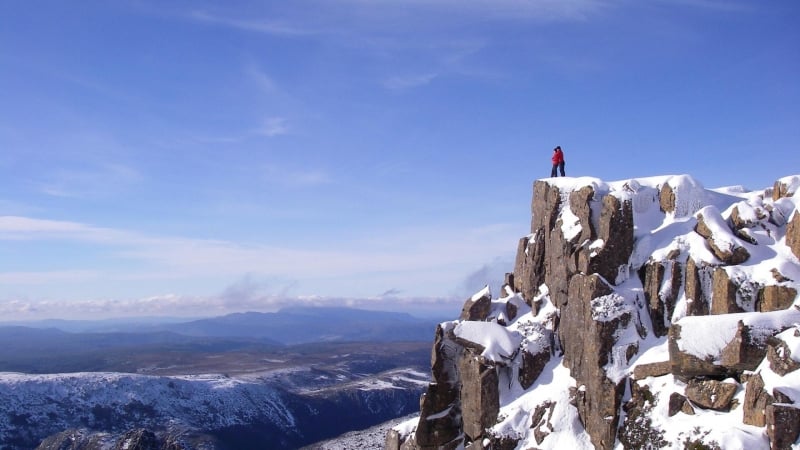
Image credit: Tourism Australia
Thought Australia was just a beach destination? Think again! Come winter, locals and tourists pack up and head to the ski lodges in Victoria, New South Wales, and Tasmania for some much-awaited fun in the snow. Yes, snow — in Australia!
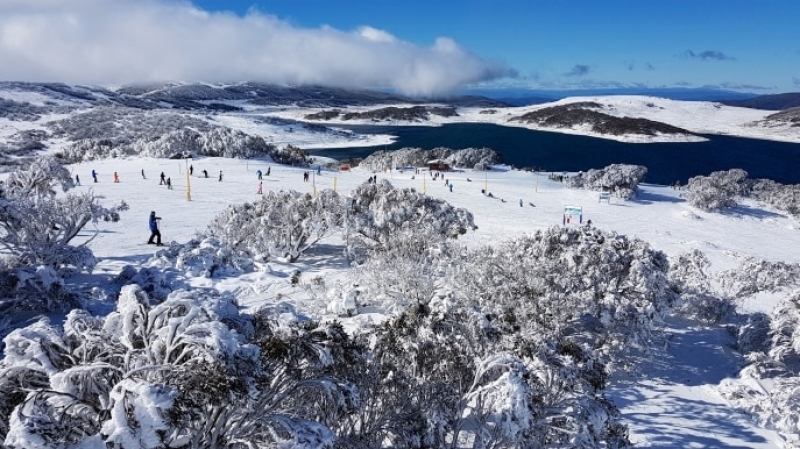
Image credit: Tourism Australia
Hitting the slopes, snowboarding, tobogganing, and joining snowshoe tours are just some of the fun activities the wintry spots of Australia have to offer! And even better — Aussie winters aren’t as brutal as others. Temperatures rarely fall below zero, even in these snowy destinations!
Falls Creek and Mount Buller are Victoria’s most popular alpine resorts, while Hotham Alpine Resort is another option if you want to take a dip in hot springs after spending time in the snow! Thredbo and Perisher Ski Resort are the go-to ski destinations in New South Wales; and over in Tasmania, there’s Cradle Mountain-Lake St Clair National Park and Ben Lomond National Park.
2. Witness the breathtaking Southern Lights in Tasmania
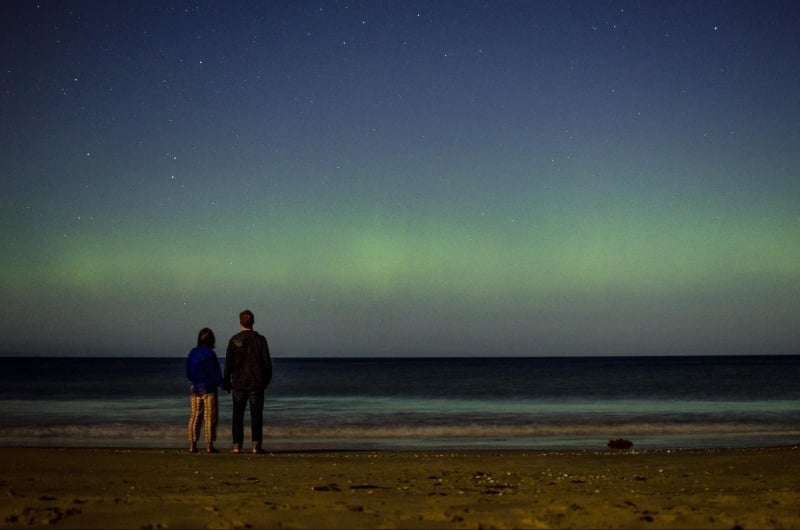
Image credit: Dean Hughes
If you thought there was nothing to see in Australia after dark, you’re sorely mistaken. Down south, Tasmania offers some of the most amazing views of the Aurora Australis — the Northern Lights’ lesser-known but equally gorgeous southern counterpart.
Weather permitting, it’s the only place in the world where you can hope to catch a glimpse of the Southern Lights at any time of year, and wintertime is your best bet. Sightings are most common during this season — plus, you won’t have to wait too long until nightfall! The darker the skies, the better, after all.
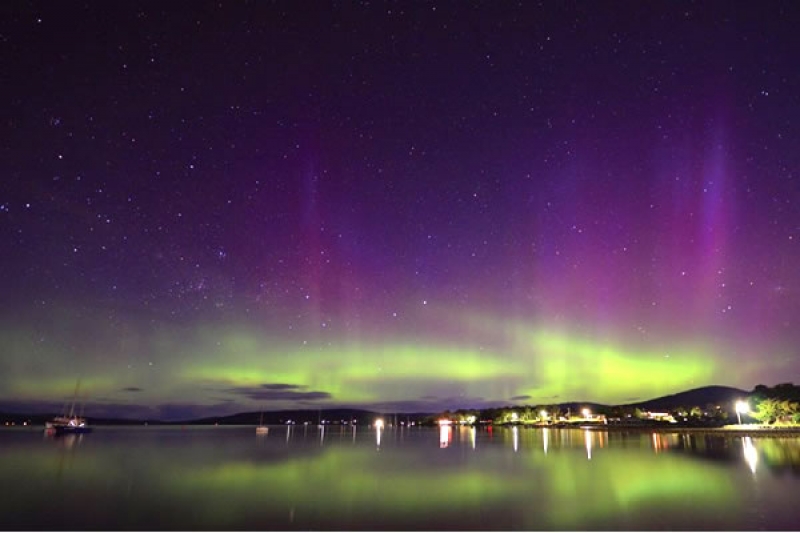
Image credit: Discover Tasmania
When the Southern Lights make their appearance, you can generally see them from anywhere in Tasmania. When you’re in the middle of the city, though, obstructions and light pollution might prove a challenge to avoid. For picture-perfect views of the Aurora, Bruny Island, Satellite Island, Cradle Mountain-Lake St Clair National Park, The Central Highlands, and Bathurst Harbor are places you should look into.
3. See Western Australia’s stunning wildflowers in full bloom
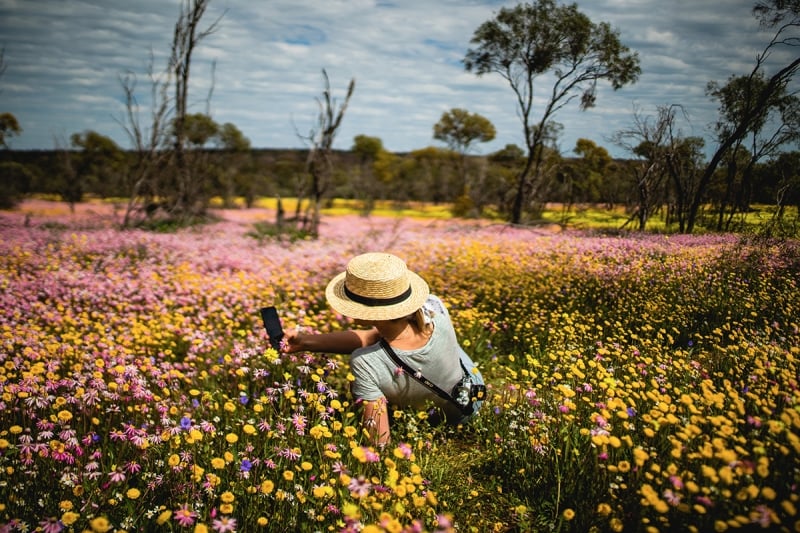
Image credit: Tourism Western Australia
Here’s another thing about Aussie winters: They aren’t all snow and chilly weather. In Western Australia, wildflower season actually begins in June in the north, and sweeps down the state to finish in elegance on the south coast in November. This means wintertime is a good time to see its famous wildflowers start sprouting over the fields, as over 12,000 species bring colour to Australia’s western region: from coast to forest; city to the Outback.
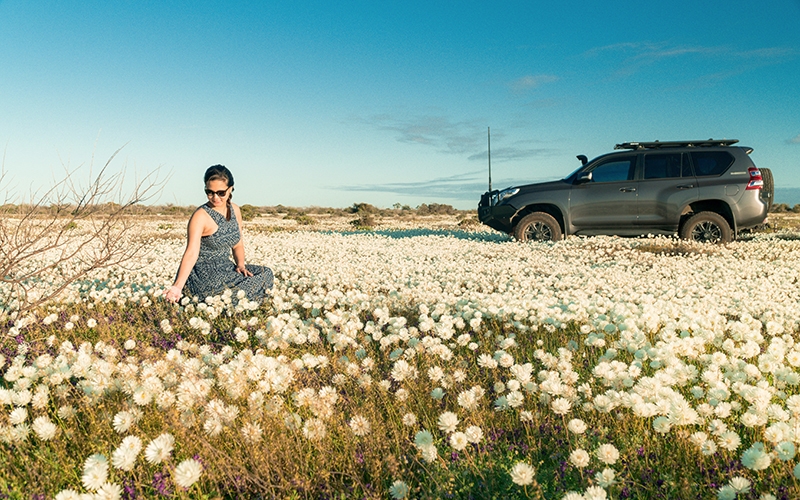
Image credit: Australia’s Coral Coast
To witness the best that Western Australia has to offer, though, you’ll want to head to picture-perfect spots where you’ll be sure to find seas of wildflowers. Places to note would include Shark Bay World Heritage Area, Kalbarri National Park, Coalseam Conservation Park, Coorow Farm and Lesueur National Park.
You can opt to hike along the Cape to Cape Track in the Margaret River region to admire the amazing scenery of wildflower-filled landscapes combined with magnificent views of the Indian Ocean, with both short and long walks available for visitors of all fitness levels.
Prepare to fall in love with the most stunning blooms — from Tamala roses and everlastings, to native daisies and orchids!
4. Explore the waterfalls and deserts of the Northern Territory
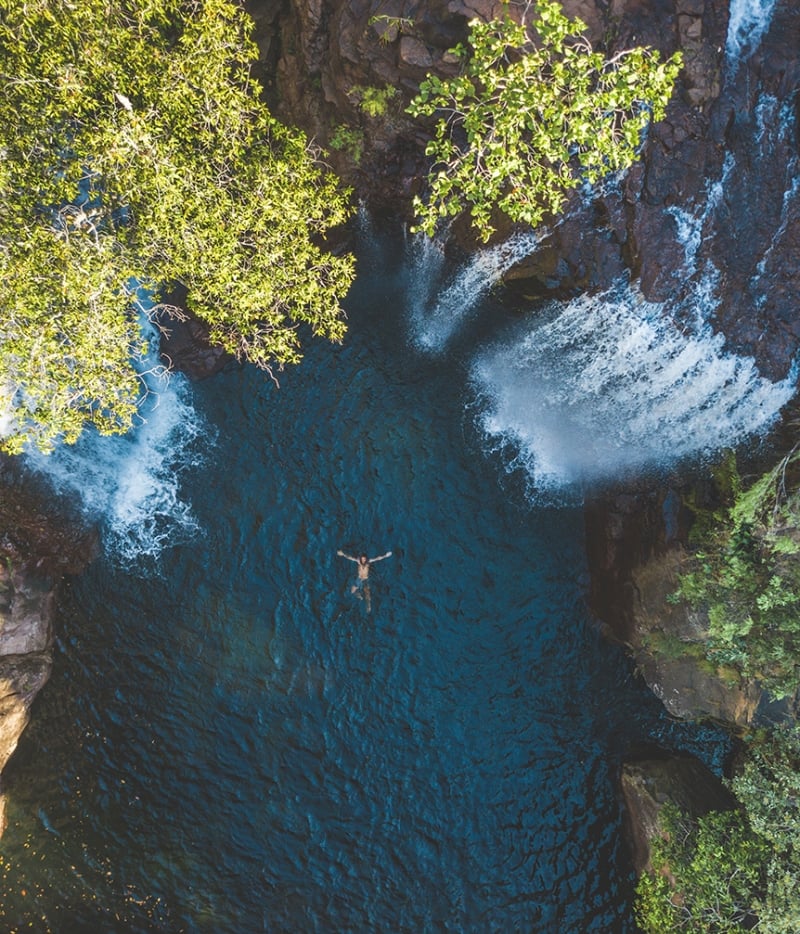
Image credit: Tourism Northern Territory
What makes winters in Australia so unique is that while it’s snowing down south, it’s actually the dry season up north. You probably already know that it gets sweltering hot in the summer — that said, winter is the perfect time to visit the Northern Territory’s natural wonders, such as its deserts and waterfalls!
When the Top End’s dry season rolls around between May to October, humidity levels dip and temperatures fall to as low as 16ºC in some nights, marking this as the coolest time of the year to visit.
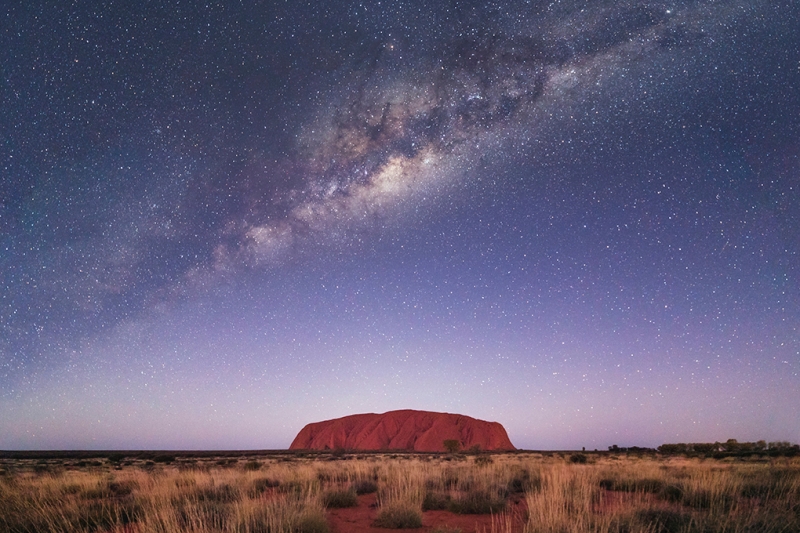
Image credit: Tourism Northern Territory
The desert, minus the crazy heat? It’s possible. Head to Alice Springs and visit the desert park, enjoy the view from a hot air balloon, or walk the Larapinta Trail in the West MacDonnell Ranges. From Alice Springs, venture to see the famous rock formations of Uluru-Kata Tjuta National Park — one of only a few dozen places in the world (and one of only four in Australia) to have received a dual UNESCO World Heritage listing, recognised for its natural and cultural values.
Besides cooler temperatures, winter in Australia also marks the ideal time to visit Kakadu National Park’s swimming spots like the Gunlom Falls and Maguk, which only open to the public in the dry season. Waterfalls such as the Jim Jim Falls and Twin Falls also become accessible via bushwalking during this time; in the wet season, they can only be reached via helicopter!
And if you can’t get enough of waterfalls, there’s also Litchfield National Park. Its must-see sights include the stunning Florence Falls, Wangi Falls, and Buley Rockhole!
Also read: Dive into the Depths of Australia’s Northern Territory: 7 Hidden Gems Waiting to be Uncovered!
5. Celebrate music, art, and food at these winter festivals
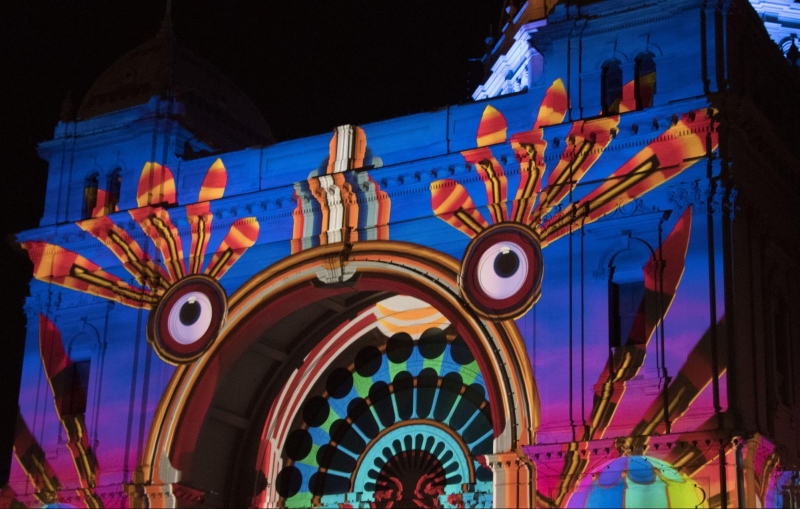
Image credit: Martin Bull
Whoever said there’s nothing to do during the winter was completely mistaken. As a matter of fact, much of Australia comes alive during this season — evidenced by the string of highly-attended festivals and events that take place during the winter.
This year, from 5 June to 28 August, the Winter Night Market will take place on Wednesdays at Melbourne’s Queen Vic Market. Treat yourself to mulled wine, speciality shopping, live entertainment, and a mouthwatering selection of street food. Feast on delicacies like authentic Greek gyros, Portuguese meats fresh off the grill, and award-winning paella — plus, sweet delights like hot chocolate and churro bowls topped with ice cream and warm hazelnut sauce!
White Night Melbourne (22 to 24 August) is the ultimate time to experience Melbourne after dark. At this time of year, the CBD is transformed into an exhibition of the best of Victoria’s entertainment, art, and food. Truly an awe-inspiring sight, the city’s iconic buildings are illuminated by the most incredible artworks of light. The best part? This event is free!
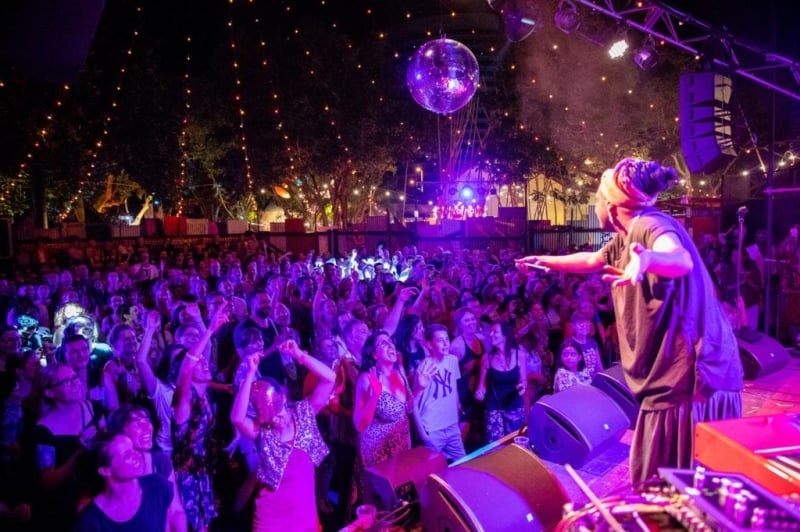
Image credit: Darwin Festival
Up north, the tropical Top End’s vibrant Darwin Festival will be held from 8 to 25 August. That’s 18 days and nights of celebrating Darwin’s fun, laid-back lifestyle with a wide range of festivities, featuring local, national, and international talent. You’re in for almost three weeks’ worth of exciting workshops, comedy and cabaret, theatre and film, and outdoor concerts!
In addition to these highly anticipated events, Tasmania’s Huon Valley Mid-Winter Fest (12 to 14 July), Ballarat’s Winter Wonderlights (29 June to 21 July) and Margaret River’s Cabin Fever Festival (19 to 28 July) are also worth checking out! And that’s just a few among many others. Now, who said there was nothing to do in the winter?
6. Catch a glimpse of the whales as they migrate along the coast
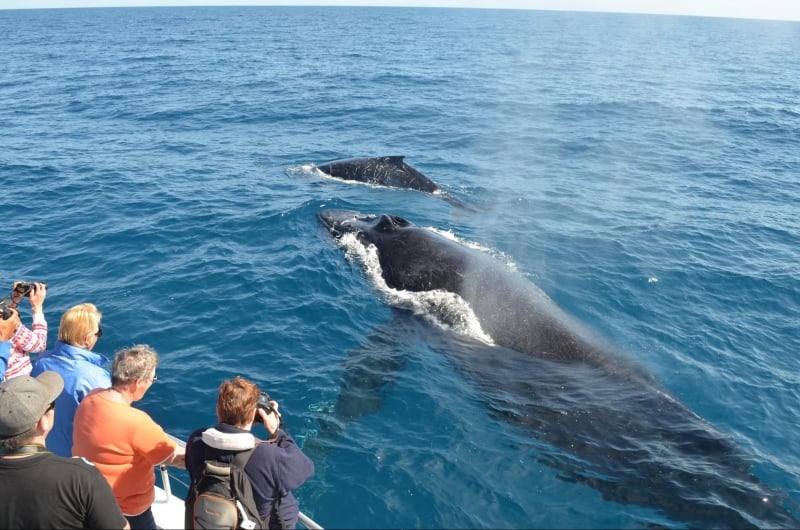
Image credit: eGuide Travel
Thought whale watching was a summer activity? In the winter, southern right whales head south towards Victoria and Southern Australia, while humpback whales migrate up north to Kimberley and the Great Barrier Reef. Whether or not you’re an animal lover, witnessing these beautiful creatures in the flesh definitely makes for an unforgettable experience!
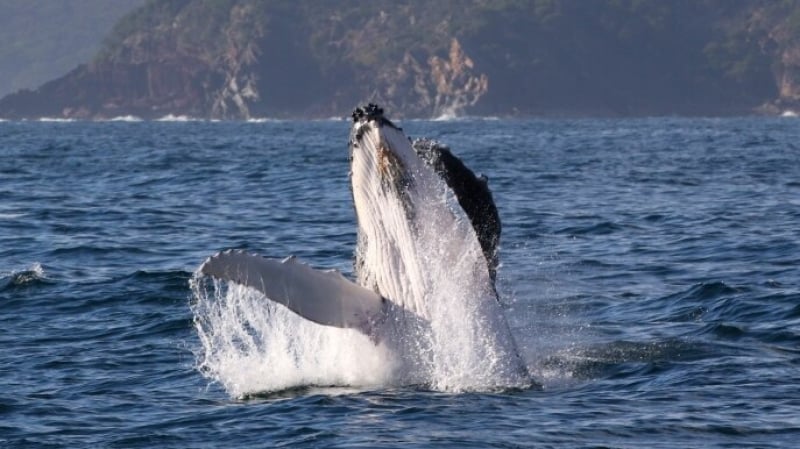
Image credit: Tourism Australia
You’ll find a lot of good spots for whale watching around the continent! In Victoria, you’re likely to make a sighting on the Great Ocean Road. Hervey Bay is a popular whale watching site in Queensland, while Watsons Bay and Byron Bay are your go-to spots in New South Wales. Check out Albany if you’re vacationing in Western Australia, Encounter Bay over in South Australia, or the Freycinet Peninsula in Tasmania!
When going whale watching — especially when joining a cruise or boat tour — always keep in mind that it’s important not to disturb animals in their natural habitat. As an alternative, you could choose to experience whale sighting from a land-based viewing platform. The Cape Byron Track, Bunda Cliffs, and the Great Ocean Road offer stunning viewpoints, and are ideal options!
Also read: The Cutest Animals in Western Australia Besides Koalas & Kangaroos!
7. Explore the world-famous Great Barrier Reef
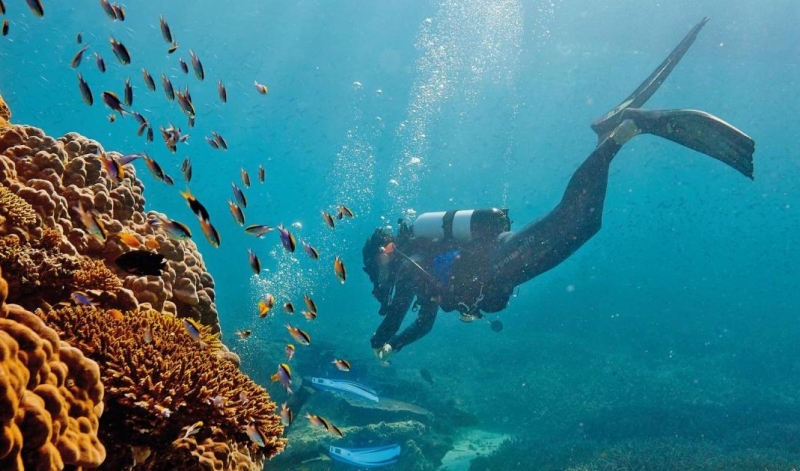
Image credit: Tourism Australia
Scuba diving? In the winter? Yes, you read that right! There’s never a bad time to visit the Great Barrier Reef — which is perfect, because how could you not have it in your itinerary? It’s the world’s largest coral reef system, and one of the seven wonders of the natural world — definitely something you won’t want to miss.
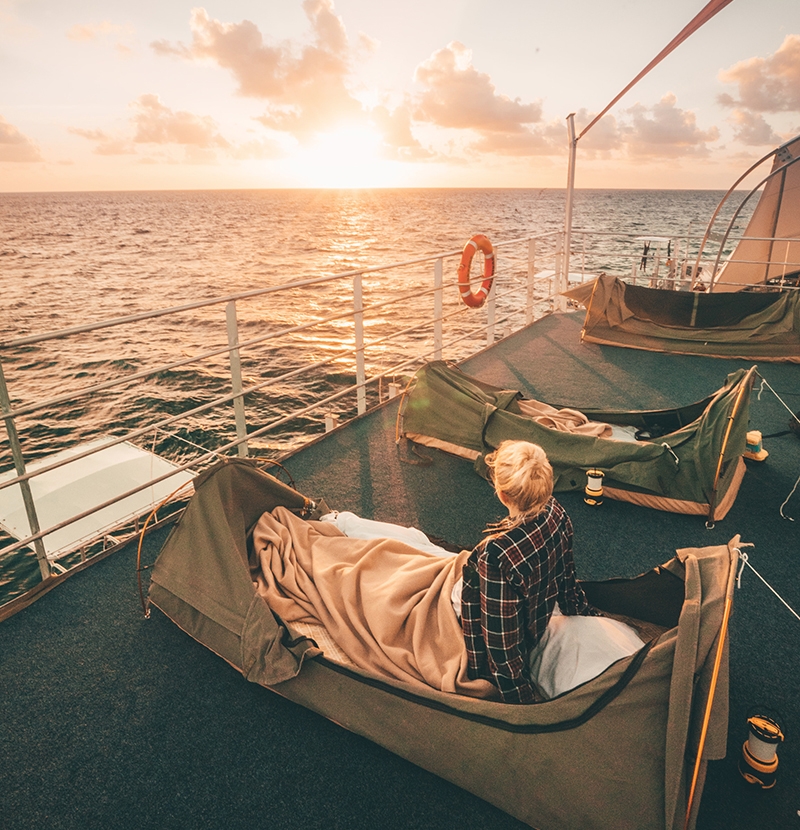
Image credit: Tourism and Events Queensland
There are tons of things to do in and around the Great Barrier Reef — it’s a sight to behold both above and beneath the water’s surface after all! Take your pick of underwater activities that include scuba diving, snorkelling, sea walking, wreck diving, and a semi-submersible tour. As for above-water activities, you can also opt to go on a glass-bottom boat tour, or go Reefsleeping (an overnight experience at the Reef). You can even view the Reef from way up above by going on a hot air balloon ride, an aircraft or helicopter tour, or even skydiving!
The northern area (accessible from Cairns) is probably the natural wonder’s most popular side, but the lesser-known Southern Great Barrier Reef (accessible via Bundaberg) is well worth exploring too. You’re sure to be wowed by its pristine islands, beautiful marine creatures, and colourful coral gardens — plus, there’s even a surf beach at this part of the Reef!
Note: As someone visiting this world-famous natural wonder, remember that you are just that: a visitor. Do your part and be responsible tourists! A few reminders when visiting the Great Barrier Reef: (1) Do not feed the fish; (2) Do not touch the corals; and (3) Do not litter.
Also read: In 12 Photos: Why Western Australia’s Hidden Gems are Worth Exploring on Your Next Trip
Fun in the snow, desert adventures, whale watching, and chasing waterfalls — not to mention exciting festivals and the chance to witness amazing natural wonders. Australia certainly gives ‘winter wonderland’ a whole new meaning of its own, don’t you think?
For your next visit to the Land Down Under, you might want to rethink that summer getaway you were initially planning. We’re pretty sure we see an Aussie winter adventure in your near future!
For more information, please visit Tourism Australia’s official website, Facebook, Instagram, Twitter, and YouTube.
Brought to you by Tourism Australia.




